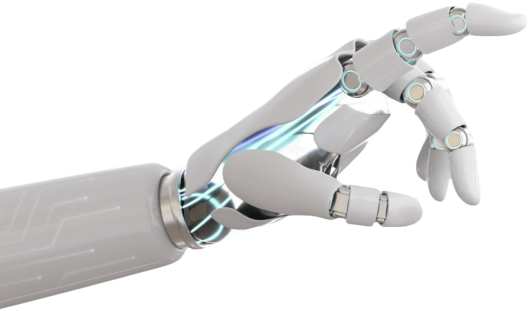
The "object-oriented" and "distributed" paradigms have now matured and are present in several areas of computing, from operating systems, databases, programming languages, graphical interfaces to application environments. These topics have profound impact on heterogeneous computing environments requiring new methods of organization, exploration and design. The paper describes the architecture and some implementation strategies of HDE (Heterogeneous Distributed Object-oriented Environment), an integrated support environment for designing, implementing and executing distributed applications built up from object entities.The objects may be mobile, distributed, replicated, fragmented and persistent. From the execution point of view, the objects may be either passive or active with an implicit, and at once explicit control of parallelism. The object model allowsa language independent implementation, although a C+ + extension is considered for the application development. HDE maybe thought as (just another) distributed object-oriented system prototyped on heterogeneous OS networks (basically UNIX/AIX, OS/2 HDE kernels are under development), allowing the building of fault-tolerant distributed applications that efficiently exploit the parallelism, replication and/or distribution, with a great degree of flexibilityand a reasonable transparency-performance trade-off. The paper has been split into two parts and the introduction has been maintained for bridging them. Chapters are therefore numbered in their continuation from the first part (see Vol. 1, No. 4/December 1992).
Distributed object-oriented operating systems, reliable broadcast protocols, fault-tolerance